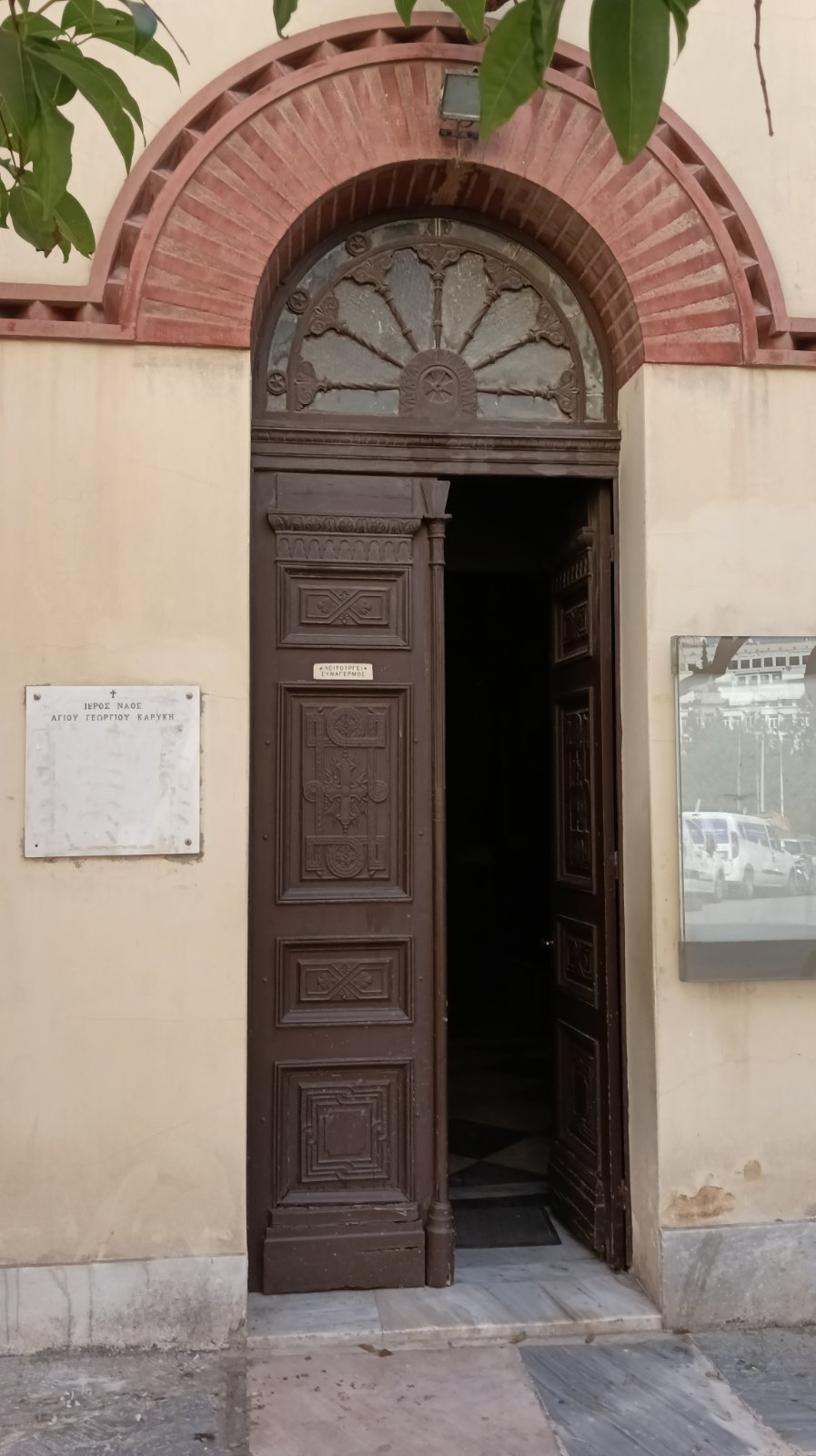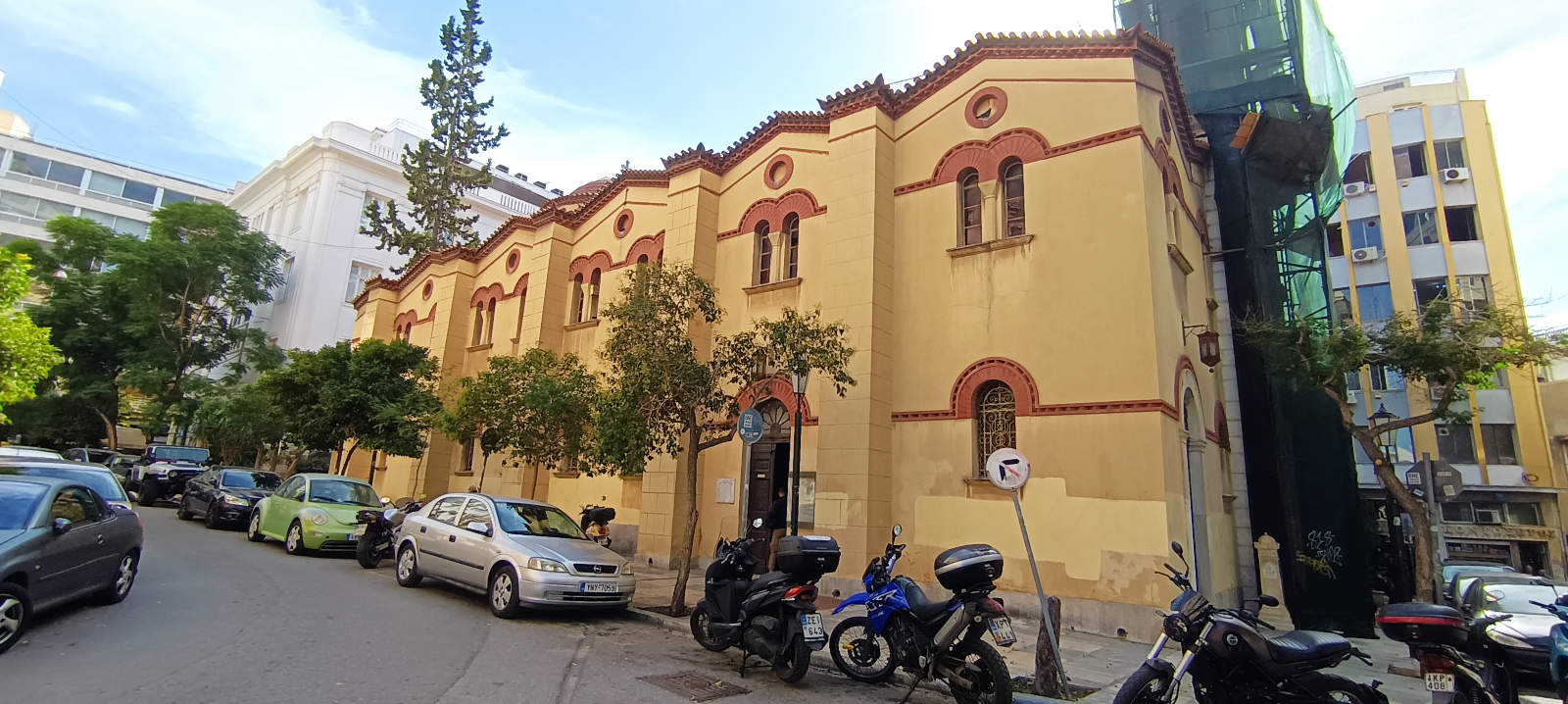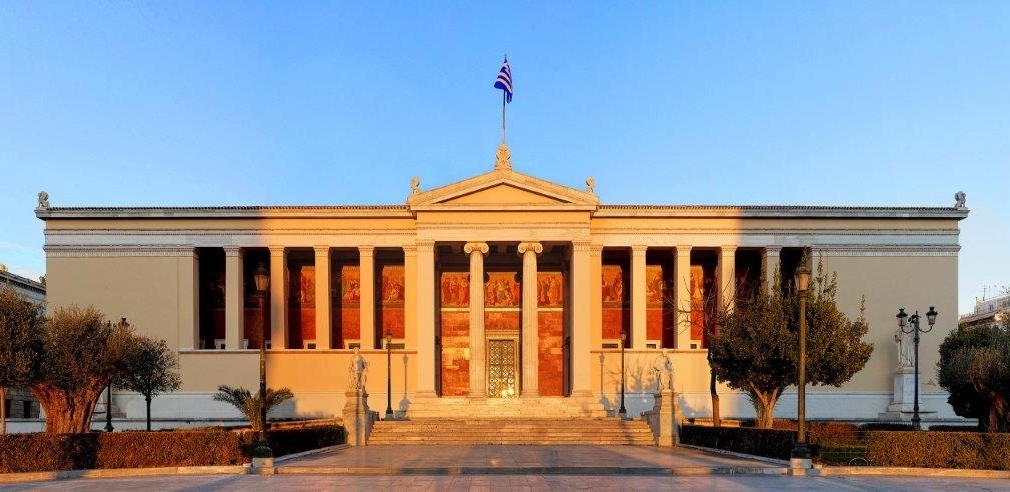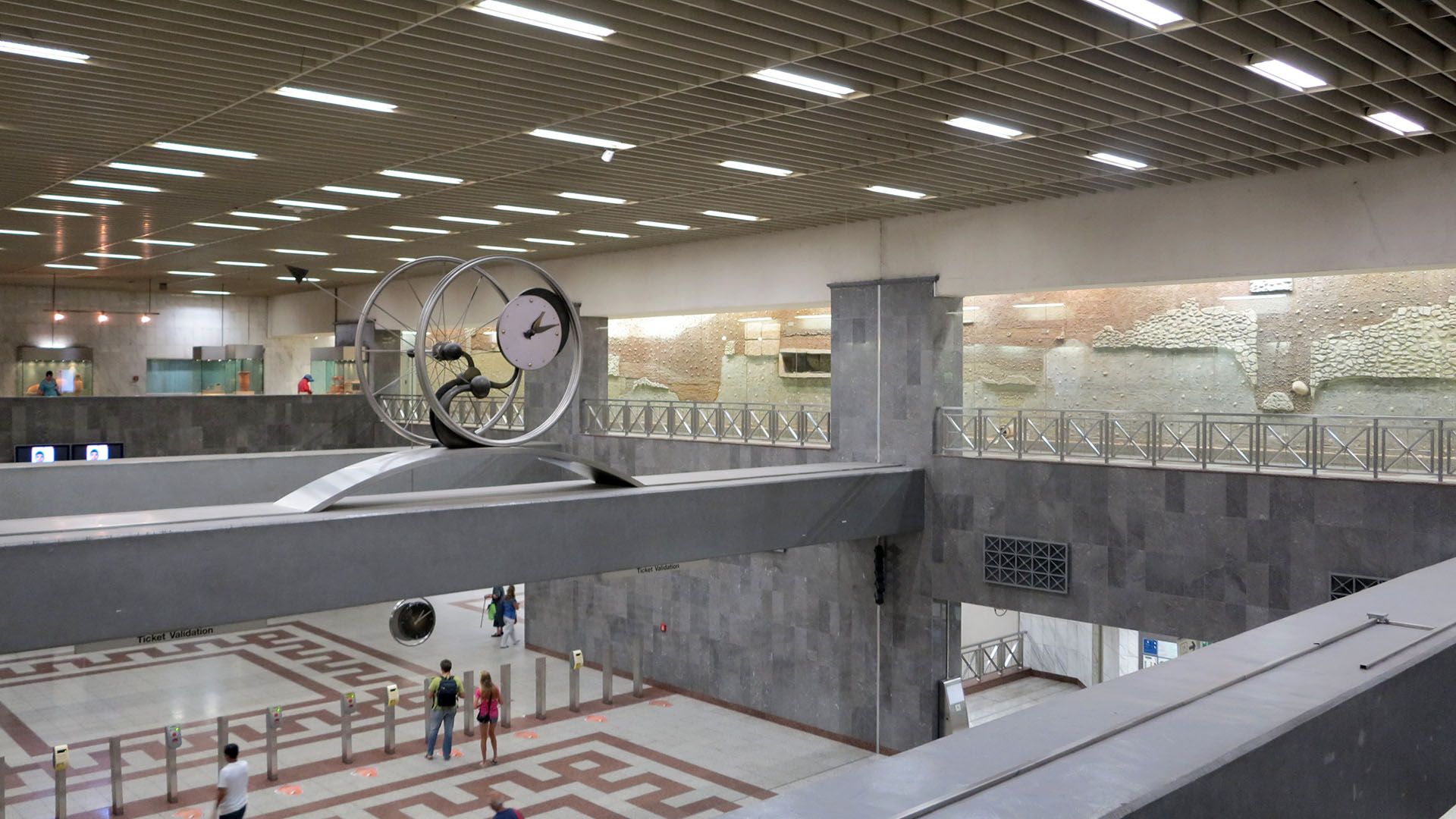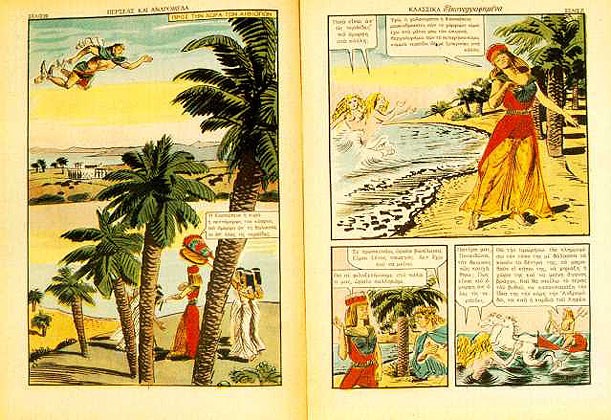Holy Church of Saint Georgios Karytsis
Holy Church of Saint Georgios Karytsis
A reference point for the area of the historic commercial center of Athens, behind the busy Stadiou street, is the elegant church of Saint Georgios Karytsis. At the centre of the small square with the same name, it is surrounded by buildings related to the intellectual and artistic life of the city. Its foundation took place in the 11th century and it belonged to the well-known Athenian family of Karitsis or Karikis.
In 1821 during the Greek Revolution it suffered significant damages and by the end of the Revolution it was almost in ruins. However, it continued to be used. As a matter of fact, the Athenians in this church chose the delegation that was to greet the arrival of King Otto in Nafplio. The bad condition of the church led the people of the parish to address the architect Lysandros Kaftantzoglou, who in the middle of the decade of 1840 had undertaken the reconstruction of the church of Agia Eirini at Aiolou street. The church was reconstructed during the period of 1845-1849, slightly less Byzantine is style and with less western influences than other churches of the same architect. The church follows the type of three-aisled basilica with a dome, but an interesting variation is the central gate of grey marble, which is crowned by the white steeple. For the construction of the church they also used materials from the cemetery that was in the area during the antiquity and the Byzantine Period. In 1849 the dome partly collapsed and then they added supports (buttresses) on the side walls.
In 1895 the magnificent screen was made and the archieratic throne in 1901, works of the well-known wood-carver Ioannis Magiasis. Important painters of that time, such as Polychronis Lempesis, Dimos Georgantas and Dimitrios Pelekasis have contributed in the wall paintings of the church. A noteworthy detail is the oil painting of the parable of the blind, on the northern wall near the sanctuary, the work of the archaeologist Alexander Philadelpheus, who was a curator of antiquities and director of important museums.



